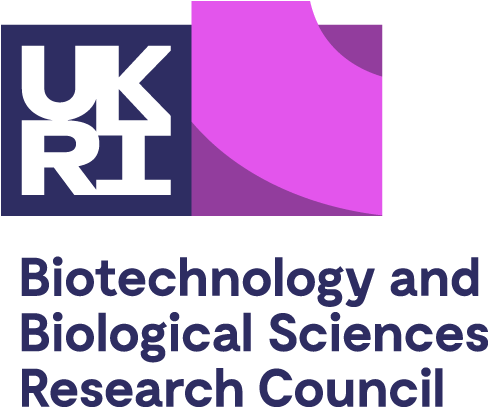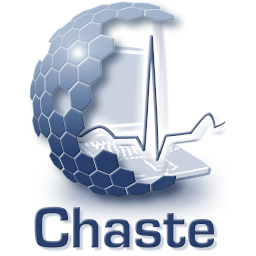Highlights from the 2025 Chaste Workshop

Jubilee campus lake. Photo credit: Benjamin D. Evans
The 2025 Chaste Workshop was held from Wednesday 8th to Friday 10th January 2025 on the serene Jubilee campus of the University of Nottingham. The workshop’s core theme was “Cell-based modelling with Chaste”. It was attended in-person and on-line by more than 20 researchers from 14 institutions across the UK, France, India, Poland, and Australia.
The workshop kicked off on Wednesday with a keynote from Gary Mirams, taking participants through Chaste’s 19-year journey to provide high-quality software for enabling computational biology research. This was followed by a round of lightning talks from participants. The rest of the sessions on day one introduced participants to various cell-based modelling approaches and provided tutorials on implementing simple cell-based models with PyChaste, the Python interface to Chaste. The day’s sessions also guided participants through the process of installing C++ Chaste and highlighted ongoing work on GPU acceleration for cell-based models in Chaste.
The second day of the workshop began with a talk on Interfaces in multicellular tissues by James Osborne and ended with a talk on Cell-based modelling of intestinal crypts and organoids by Martin Homer. Both invited speakers spoke on how their research groups are using Chaste in combination with other tools to build various simulations. The day also included a session by three RSEs from the Chaste core development team (Fergus Cooper, Matthew Leach, and Kwabena Amponsah) on the latest Chaste features, and plans for additional features to be included in the future. The rest of the day’s sessions mainly focused on building and running Chaste C++ models, with two parallel streams on Immersed Boundary modelling and Cardiac modelling. Thursday concluded with a three-course dinner at the Spokes Restaurant on Jubilee campus for an evening of stimulating conversations all around.
Friday, the final day of the workshop, started with a case study talk by invited speaker Jochen Kursawe on various modelling projects involving Chaste. The second invited talk of the day was given by Philip Murray on Adventures with Chaste. The remaining sessions were on modelling cell-environment feedback, beginning with an ensemble talk given by Jochen Kursawe, Gary Mirams, and Fergus Cooper.
At the end of the workshop, there was a retrospective session to reflect on the last three days and collect feedback from participants. Following this, there was an open-ended hackathon during which participants were able to get help from developers on simulations they were trying to build with Chaste.
Some closing thoughts from participants on valuable aspects of the workshop:
“The matter of actually installing Chaste! Then the hands-on tutorials were very useful in learning how to go about using it.”
“All the sessions were really useful; guided installation and project tutorials were amazing. I very much enjoyed the scientific case studies too.”
“The hands on sessions, with descriptions of what each line of code did.”
“It was really useful!!!!”
… and suggested enhancements:
“Perhaps a little more information about the lung & cardiac components of Chaste?”
“Perhaps an indication of hardware requirements - my laptop was not really up to the job …”
“More advanced code modifications”
“More hands on sessions”
An archive of the workshop’s talks and materials can be found here: chaste-workshop-materials-2025.
The 2025 Chaste workshop was generously sponsored by BBSRC Grant BB/V018647/1

